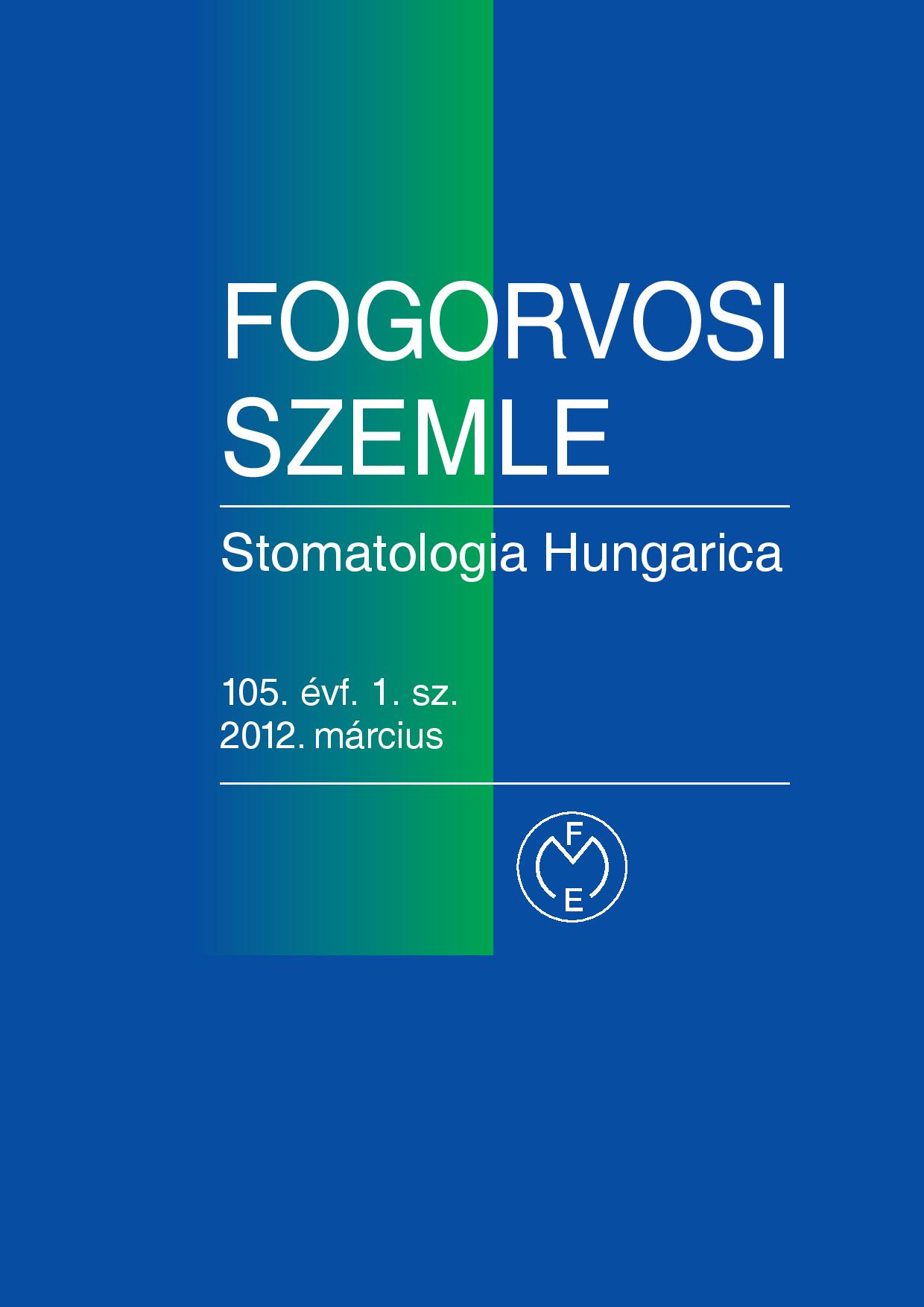Meaning of the terms occlusion and extraction in orthodontics
A review of literature
Abstract
Occlusion is important in each unit of dentistry. The authors describe not only the meaning of normal occlusion and dysgnathy but also the historical background focusing on the most important orthodontists, their achievements and literary works. This article gives an overview of the development of orthodontics from the very beginning (ancient times) to nowadays. The most important figures of these periods are: P. Fauchard, F. C. Kneisel, E. H. Angle, C. Case (dark ages); C. F. Ballard, P. R. Begg, C. H. Tweed (golden ages); L. F. Andrews and R. H. Roth (contemporary period). Along these three eras development and changing of the extraction-principles are shown. Nowadays the orthodontists still use Angle’s classification and orthodontic treatment with extraction is also accepted. However it is not a separate treatment method, but only used as complement treatment. The authors stress on the importance of normal occlusion, which should be result of every orthodontic, but also prothetic and gnathological treatment.
Copyright (c) 2021 Authors

This work is licensed under a Creative Commons Attribution 4.0 International License.


.png)




1.png)



